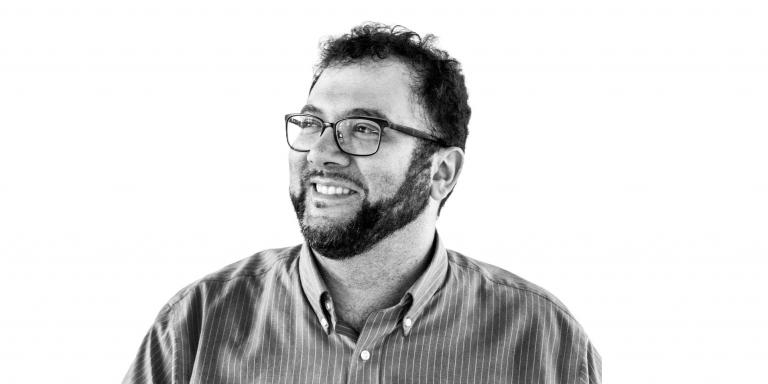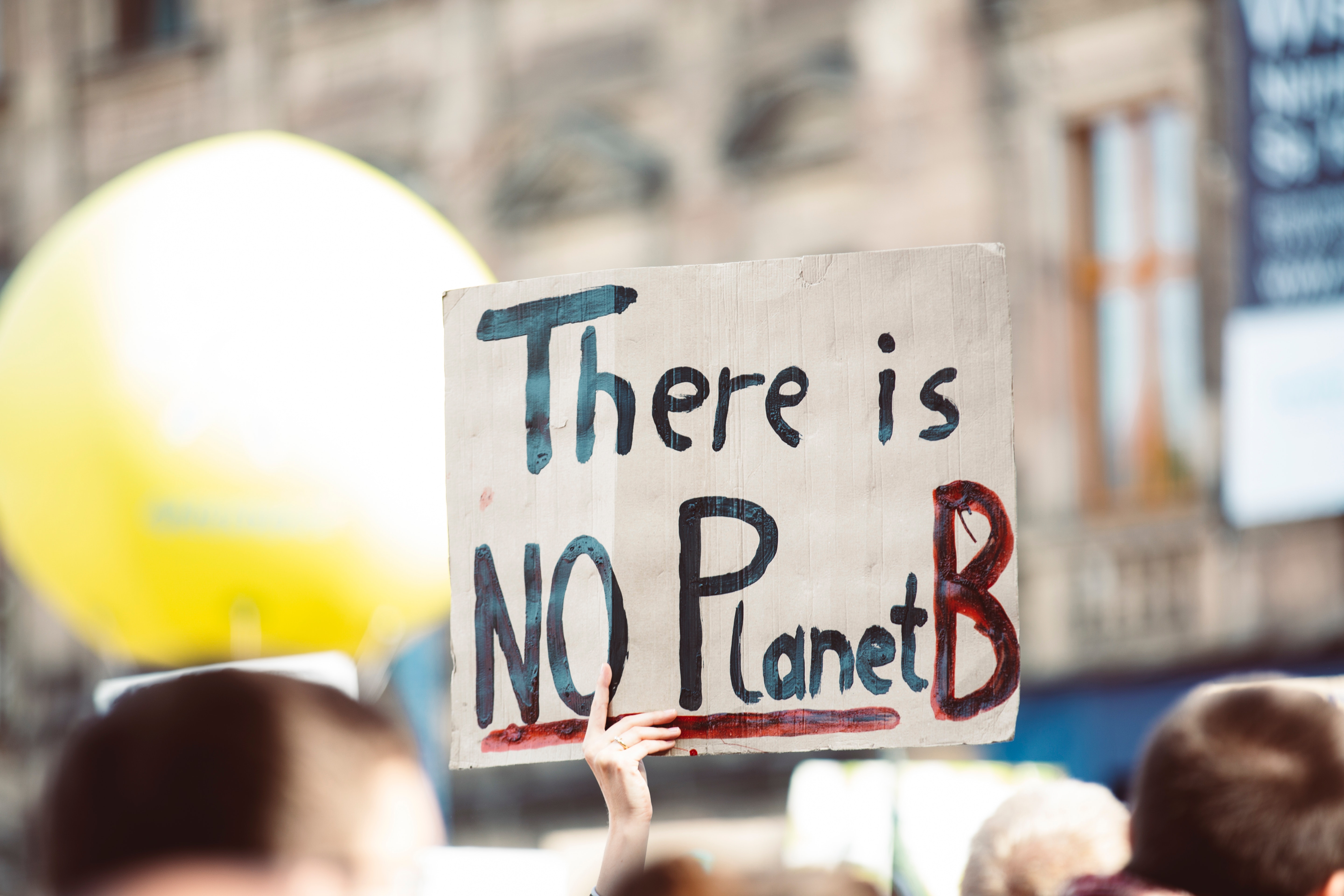
July 7, 2021
An interview with National Sustainable Design Leader Daniel Jaconetti on how HED is addressing climate change and what's ahead
"We need to get to zero emissions as soon as possible," says Daniel Jaconetti, AIA, LEED, HED's National Sustainable Design Leader. "It's not a dramatization: lives are at stake. We must use our influence within the industry and on every project to not just do less harm but be a regenerative force. The water leaving our site should be cleaner than when it fell, the air should leave the building purified, that's what the 2030 Commitment is about - making every facility a working piece of the ecosystem rather than a source of damage. This is not advocacy; it's being responsible corporate citizens."
With a national sustainable design leader and six regional leaders in place, HED's helping clients address climate risks, prepare for regulatory shifts, and increase the value and resilience of their property.
With a national sustainable design leader and six regional leaders in place, HED's helping clients address climate risks, prepare for regulatory shifts, and increase the value and resilience of their property.

"We have embedded sustainability in every project approach with specialists and are using the AIA Framework for Design Excellence to contextualize sustainable design strategies against ten metrics: integration, community, ecology, water, economy, energy, wellness, resources, change, and discovery. Our current initiative is continuing to widen that talent pool to every staff member through education, coaching, and expanding awareness. We want every HED employee to be thinking about sustainability the same way they do about code compliance: essential and automatic, you would never think of designing without it. Sustainability must be a reflexive way of thinking, and right now we are enhancing our approach so that by 2030 we will no longer have sustainability leaders or specialists, but rather every staff member will be a sustainable design leader in their own right. This might seem simple, particularly for small firms, but we are one of the largest firms to go in this direction, where we're actively trying to do away with a specialization. This speaks to the strength of HED: our holistic, integrated design philosophy where electrical engineers think about water use, structural engineers engage on community integration conversations, and every voice is valuable because of the different perspectives they bring to the solution. That's how we get really amazing results."
Even as teams work to incorporate Net Zero features, they are adapting to and working around the influences of climate change. In California, HED engineers have adapted HVAC designs so that facilities can still be used during wildfires, and resiliency is already built into facilities with sensitivities to power fluctuations or interruptions, whether from brownouts or other environmental interruptions, and these changes have the attention of insurers and regulators.
"The damage, in many ways, is already done, and Net Zero is our design reality," says Jaconetti, who considers sustainable design to be an essential part of serving clients. "Some clients don't think they want or need to certify for LEED or another program, so sustainability features aren't as integral to their project. That's simply not true. Certifications can be a great way to confirm a project's achievements, but this is really a conversation about risk mitigation, future useability, and protecting your investments. Green design is more than long term utility savings, it is becoming essential. City, State, and Federal regulations are already moving in that direction. A building completed now, if not designed to adapt towards Net Zero might need to be retrofitted within the next 10 years (whether for air quality, temperature extremes, fire, flooding, or regulations/ building codes). Clients should think beyond to mitigate future costs to retrofit their facility to reach code compliance should it become necessary. The day is coming where the grid will have green requirements, and it's likely Net Zero will be mandatory, and that is a part of our conversations with clients The benefits include being good environmental citizens, protecting your investment as well as the environment. How we live is changing, and that expands to every facility type. We can't afford to ignore this anymore, and a designer who isn't making that clear is doing their client a disservice."
The imperative of climate response is clear, and the built environment plays a huge role. Intelligent design can move facilities to zero emissions, protect the health and safety of users, and protect value.
"Creating positive impact means preparing our clients for the future," says Jaconetti, "and Net Zero is the future—right now."
Even as teams work to incorporate Net Zero features, they are adapting to and working around the influences of climate change. In California, HED engineers have adapted HVAC designs so that facilities can still be used during wildfires, and resiliency is already built into facilities with sensitivities to power fluctuations or interruptions, whether from brownouts or other environmental interruptions, and these changes have the attention of insurers and regulators.
"The damage, in many ways, is already done, and Net Zero is our design reality," says Jaconetti, who considers sustainable design to be an essential part of serving clients. "Some clients don't think they want or need to certify for LEED or another program, so sustainability features aren't as integral to their project. That's simply not true. Certifications can be a great way to confirm a project's achievements, but this is really a conversation about risk mitigation, future useability, and protecting your investments. Green design is more than long term utility savings, it is becoming essential. City, State, and Federal regulations are already moving in that direction. A building completed now, if not designed to adapt towards Net Zero might need to be retrofitted within the next 10 years (whether for air quality, temperature extremes, fire, flooding, or regulations/ building codes). Clients should think beyond to mitigate future costs to retrofit their facility to reach code compliance should it become necessary. The day is coming where the grid will have green requirements, and it's likely Net Zero will be mandatory, and that is a part of our conversations with clients The benefits include being good environmental citizens, protecting your investment as well as the environment. How we live is changing, and that expands to every facility type. We can't afford to ignore this anymore, and a designer who isn't making that clear is doing their client a disservice."
The imperative of climate response is clear, and the built environment plays a huge role. Intelligent design can move facilities to zero emissions, protect the health and safety of users, and protect value.
"Creating positive impact means preparing our clients for the future," says Jaconetti, "and Net Zero is the future—right now."
This release has also been made available on PRNewswire